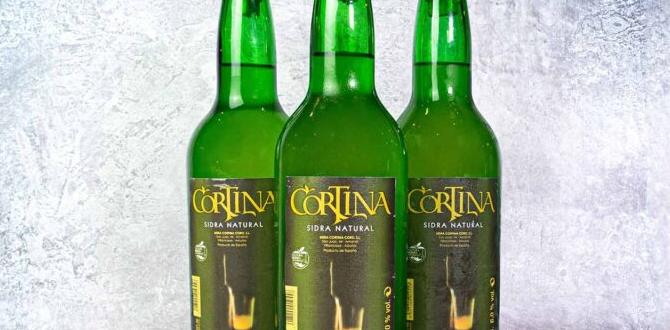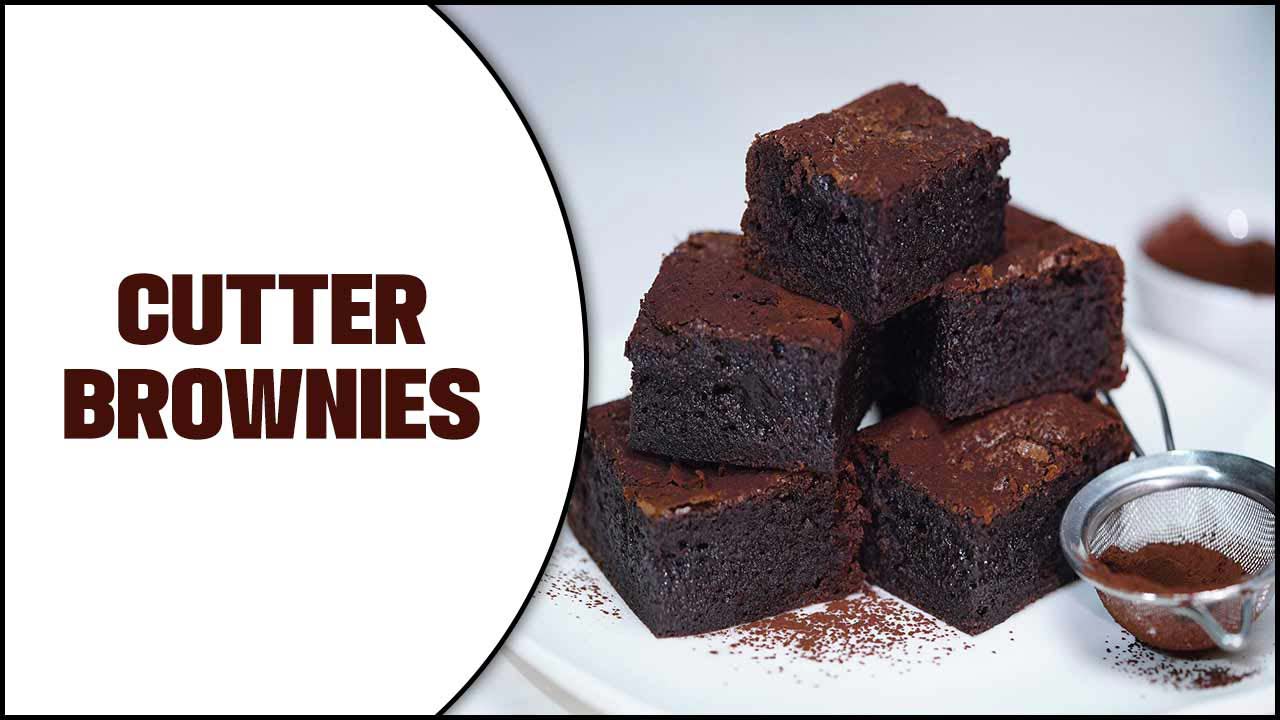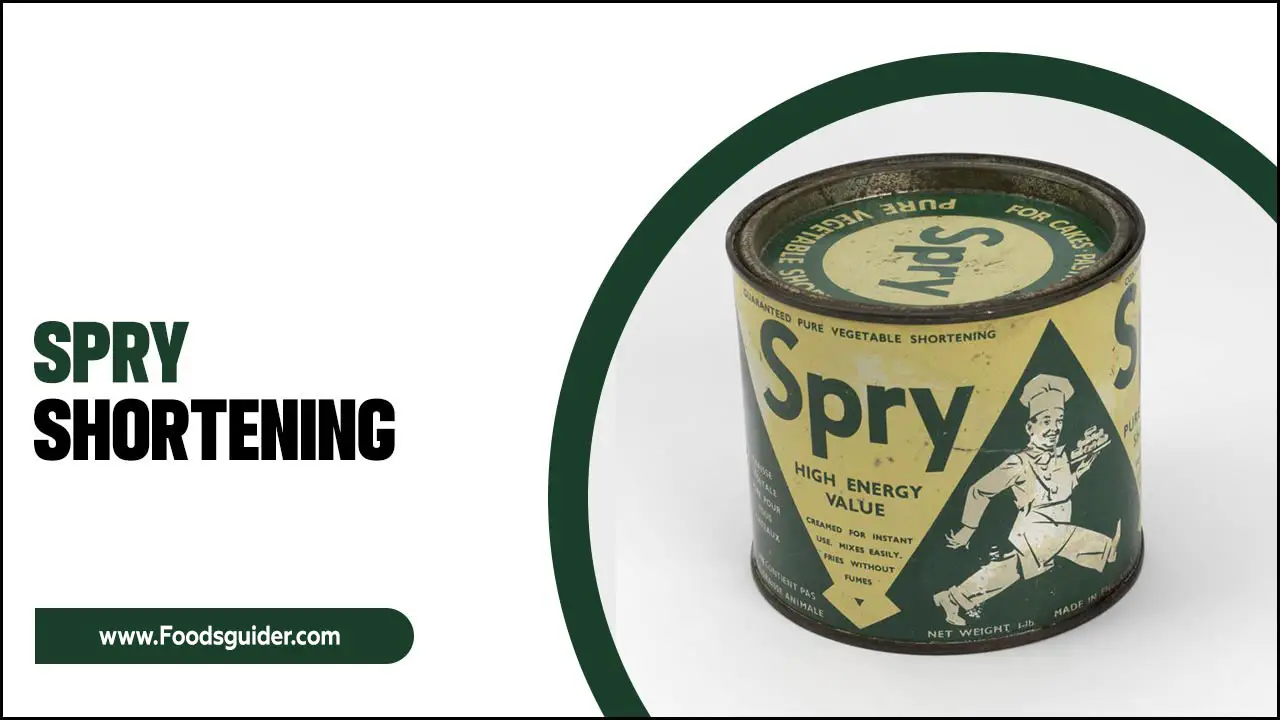Quick Summary: A Welsh Rarebit crawl is a delightful adventure exploring the best versions of this cheesy toast in various locations. Discover our secrets to finding the most delicious, perfectly-melded, savory cheese sauce atop toasted bread for an unforgettable culinary journey.
Ever wondered about the magic behind Welsh Rarebit? It’s more than just cheese on toast; it’s a symphony of savory flavors that can be incredibly satisfying. But sometimes, making it at home can feel a bit… flat. Perhaps your cheese sauce isn’t quite creamy enough, or the flavor lacks that certain oomph. Don’t worry! We’re about to unlock the delicious secrets to the perfect Welsh Rarebit, transforming it from a simple snack into a culinary masterpiece. Get ready to embark on a flavor adventure that’s surprisingly easy.
What Exactly is a Welsh Rarebit Crawl?
Think of a “Welsh Rarebit crawl” as a fun culinary expedition, much like a pub crawl, but focused on seeking out the most exceptional Welsh Rarebit dishes. Instead of hopping from pub to pub for different drinks, you’re visiting different eateries – from cozy cafes to classic British pubs and even innovative restaurants – to sample their unique interpretations of this beloved dish. It’s a fantastic way to compare flavor profiles, cheese combinations, and serving styles, all while discovering hidden gems and appreciating the versatility of this humble yet magnificent dish.
The beauty of a Welsh Rarebit crawl lies in its simplicity and the concentrated joy it offers. Each stop provides a new experience, a different baker’s secret, or a chef’s twist on a classic. It’s an accessible exploration, perfect for a weekend outing with friends or a solo culinary quest. You’re not just eating; you’re learning, tasting, and appreciating the nuances that make one Welsh Rarebit stand out from another.
Unlocking the Delicious Secrets: The Core Components

The secret to an outstanding Welsh Rarebit isn’t just one thing; it’s a harmonious blend of several key elements. Let’s break down what makes this dish truly special and how you can elevate yours.
The Cheese: More Than Just Cheddar
While strong cheddar is the traditional heart of Welsh Rarebit, the true secret lies in the quality and blend of cheeses. A sharp, mature cheddar provides the foundational tang. However, incorporating other cheeses can add incredible depth and creaminess.
- Mature Cheddar: The undisputed star. Look for a cheddar with a good bite and flavor.
- Gruyère: Adds a nutty, slightly sweet complexity and melts beautifully.
- Parmesan (Parmigiano-Reggiano): A small amount brings an intense umami richness.
- Cream Cheese or Mascarpone: For extra silkiness and a milder base if you want to temper the sharpness.
A good ratio is often a majority of mature cheddar, with smaller percentages of Gruyère for nuttiness and Parmesan for depth. Don’t be afraid to experiment! This blend is one of the most delicious secrets to a transcendent Rarebit.
The Bread: A Sturdy Foundation
The bread is your canvas. It needs to be robust enough to hold the rich cheese sauce without becoming soggy, and toasted to perfection for a delightful crunch. Strong, crusty bread is ideal.
- Sourdough: Its tangy flavor and sturdy crust are fantastic.
- Pain de Campagne (Country Bread): A rustic, hearty loaf works wonders.
- Thick-cut White Bread: A good quality thick-cut white can be excellent if toasted well.
The bread should be toasted until golden brown and slightly crisp. Some chefs even lightly grill or toast both sides of the bread before applying the cheese mixture.
The Sauce: The Creamy Magical Mix
This is where the alchemy happens. A good Rarebit sauce is creamy, rich, and bursting with flavor. It’s not just melted cheese; it’s a carefully constructed béchamel or a similar base infused with cheese and seasonings.
Common Bases for Rarebit Sauce:
- Béchamel Base: A classic white sauce made with butter, flour, and milk. This is the most traditional and creates a wonderfully smooth, stable sauce.
- Beer/Ale Base: Incorporating a robust beer or ale adds depth, a slight bitterness, and complements the cheese beautifully. A stout or porter is often used.
- Mustard: A touch of English mustard (or Dijon) is crucial for cutting through the richness and adding a subtle kick.
- Worcestershire Sauce: This umami powerhouse is non-negotiable for many. It adds a complex savory layer that elevates the cheese.
- Egg Yolk (Optional): Some recipes include an egg yolk stirred in at the end (off the heat) to enrich the sauce and give it a glossy finish.
The key is to cook the sauce gently, ensuring the cheese melts smoothly without becoming oily or stringy. Achieving the right consistency is vital – it should be thick enough to coat the bread luxuriously but not so thick it’s paste-like.
The Seasoning: The Subtle Art
Beyond salt and pepper, a few key seasonings can make all the difference.
- English Mustard: Essential for its sharp bite.
- Worcestershire Sauce: For that deep, savory funk.
- Cayenne Pepper or Paprika: A tiny pinch adds warmth and color.
- A dash of Ale/Stout: As mentioned, for a malty undertone.
Taste and adjust your seasonings as you go. The balance between the sharp cheese, the creamy base, the tang of mustard, and the savory depth of Worcestershire is what defines a truly great Rarebit.
Your Guide to a Perfect Welsh Rarebit Crawl (DIY Style!)
Can’t embark on a long journey? You can still have your own Welsh Rarebit crawl at home! This is your chance to become the curator of your ultimate Rarebit experience. We’ll guide you through creating several variations, allowing you to taste-test and discover your favorite combination.
The Classic Gentleman’s Recipe (Our Benchmark)
This recipe forms a solid base and is a great starting point for your Rarebit crawl. It focuses on quality ingredients and a balanced flavor profile.
Ingredients:
- 4 thick slices of sourdough bread
- 200g mature cheddar cheese, grated
- 50g Gruyère cheese, grated
- 2 tbsp unsalted butter
- 2 tbsp all-purpose flour
- 150ml whole milk
- 1 tbsp Worcestershire sauce
- 1 tsp English mustard
- Pinch of cayenne pepper
- Salt and freshly ground black pepper to taste
- 1 egg yolk (optional, for richness)
Equipment:
- Baking sheet
- Small saucepan
- Whisk
- Grate
- Toaster or grill
Instructions:
- Toast the Bread: Toast your sourdough slices until golden brown and crisp on both sides. Place them on a baking sheet.
- Make the Béchamel: Melt the butter in a small saucepan over medium heat. Stir in the flour and cook for 1-2 minutes, creating a smooth paste (roux).
- Add Milk: Gradually whisk in the milk, a little at a time, ensuring no lumps form. Continue whisking until the sauce thickens and is smooth. Bring it to a gentle simmer.
- Incorporate Cheese: Remove the saucepan from the heat. Stir in both grated cheeses (cheddar and Gruyère) a handful at a time, stirring until completely melted and smooth.
- Flavor the Sauce: Stir in the Worcestershire sauce, English mustard, and cayenne pepper. Season with salt and pepper to taste. If using, whisk the egg yolk into the warm (not hot) sauce for extra richness. Ensure the sauce is thick and glossy.
- Assemble: Spoon a generous amount of the cheese sauce over each slice of toast, spreading it evenly to the edges.
- Broil/Grill: Place the baking sheet under a preheated hot broiler (grill) for 2-3 minutes, or until the cheese topping is bubbling and golden brown. Watch carefully to prevent burning!
- Serve: Serve immediately, perhaps with a sprinkle of chives or a dash of extra Worcestershire sauce.
Variation 1: The Pub Classic with a Pint Kick
This version infuses the sauce with the malty notes of a good ale, adding another layer of complexity.
Secrets:
- Replace half of the milk (about 75ml) with a good quality dark ale or stout (like Guinness).
- Ensure the ale is at room temperature before adding it to the roux.
- A pinch of nutmeg can also complement the ale flavor.
Crawl Tip: If you’re doing a real crawl, note how the ale choice impacts the overall flavor. A stout will be richer and more robust than a lighter ale.
Variation 2: The Fancy Bistro’s Secret Blend
This takes the cheese blend up a notch for a more sophisticated palate.
Secrets:
- Reduce the cheddar to 150g.
- Add 75g of Comte or a good quality Gruyère for extra nuttiness.
- Add 25g of grated Parmesan for a salty, umami punch.
- A tiny dash of truffle oil stirred in at the end (optional, but luxurious!).
Crawl Tip: This variation highlights how different cheese combinations can redefine the dish. It’s milder overall but richer and more nuanced.
Variation 3: The Speedy Weeknight Wonder
When time is short, but flavor is still essential.
Secrets:
- Use pre-grated cheese (look for a mature cheddar blend).
- Skip the béchamel. In a bowl, mix melted butter, Worcestershire sauce, mustard, and seasonings. Stir in the cheese until it forms a thick paste.
- Spread this paste directly onto thick, toasted bread.
- Broil until bubbly and golden. This is less sauce-like but packs a flavor punch quickly!
Crawl Tip: This proves that even quick versions can be delicious, focusing on strong flavors to compensate for speed. It’s a different texture but satisfying.
Beyond the Basic: Elevating Your Welsh Rarebit Experience

Once you’ve mastered the core secrets, you can begin to explore creative additions and serving suggestions that will truly make your Welsh Rarebit crawl memorable.
The Perfect Toppings
A few simple toppings can add texture, color, and complementary flavors.
- Fresh Chives or Parsley: For a pop of green and fresh flavor.
- A Dash of Hot Sauce: For those who love extra heat.
- Poached or Fried Egg: A decadent addition that turns Rarebit into a full meal. Think of it as a Chequered Board – a variation with a fried egg on top.
- Crispy Bacon Bits: For a smoky, savory crunch.
- Pickled Onions or Jalapeños: For a tangy, sharp contrast to the rich cheese.
Serving Suggestions
Consider the context of your “crawl.”
- As a Starter: Serve on smaller, toasted rounds of baguette.
- As a Main Course: Serve on hearty bread with a side salad.
- For Brunch: Top with a perfectly poached egg.
What to Drink with Your Rarebit
The right beverage can enhance the flavors of Welsh Rarebit. Traditionally, ale or stout is favoured, complementing the malty, savory notes of the cheese. A crisp cider or even a dry white wine can also work surprisingly well.
According to the Food Standards Agency, understanding the ingredients and their origin can enhance your appreciation for the dish. For those interested in the historical context of British comfort foods, resources from the Victoria and Albert Museum offer fascinating insights into culinary traditions.
Common Questions About Welsh Rarebit
What is the difference between Welsh Rarebit and Cheese on Toast?
Cheese on toast is simply cheese melted on top of toasted bread. Welsh Rarebit is a more sophisticated dish featuring a savory cheese sauce made with a béchamel or similar base, often including ingredients like Worcestershire sauce, mustard, and ale, which is then poured over toasted bread and typically browned under a broiler.
Can I make Welsh Rarebit ahead of time?
The cheese sauce can be made a day in advance and stored in the refrigerator. Reheat it gently on the stovetop, adding a splash of milk if it’s too thick, before spooning it over freshly toasted bread and broiling until golden.
What kind of cheese is best for Welsh Rarebit?
A strong, mature cheddar is essential. Blending it with other cheeses like Gruyère or Parmesan can add complexity and improve meltability. The specific cheese blend is one of the most delicious secrets!
What does “rarebit” mean?
The origin of the term “rarebit” is debated. Some believe it’s a whimsical euphemism for “rabbit,” used perhaps to avoid calling a dish of cheese and bread by its simpler name, especially during times of food scarcity. Others suggest it relates to Welsh origins, where “rabbit” might have been an old term for a simple meal.
Why is my Welsh Rarebit sauce oily or grainy?
This often happens if the cheese is overheated or added to a sauce that is too hot. To prevent this, remove the sauce from the heat before stirring in the cheese and add the cheese gradually, stirring until just melted and smooth. Using good quality, lower-moisture cheeses can also help.
Can Welsh Rarebit be made vegan?
Yes, vegan versions are possible using plant-based cheeses, nutritional yeast for a cheesy flavor, and a non-dairy milk/butter-based sauce. The texture and flavor will differ from a traditional Rarebit, but it can still be very delicious!
A Culinary Comparison Table

To help guide your own Welsh Rarebit crawl, consider this comparison of common variations you might encounter or create.
| Variation Type | Key Cheese Blend | Liquid Base | Flavor Profile | Texture | Best For |
|---|---|---|---|---|---|
| Traditional | Mature Cheddar | Milk (Béchamel) | Sharp, Savory | Creamy, Smooth | Classic enjoyment, a reliable favorite |
| Pub Favorite | Mature Cheddar, hint of Gruyère | Milk & Dark Ale/Stout | Malty, Rich, Savory | Thick, Slightly Robust | Deep flavor exploration, pub experience |
| Gourmet Bistro | Cheddar, Gruyère/Comte, Parmesan | Milk (Béchamel) | Nutty, Umami, Complex | Silky, Luxurious | Special occasions, refined palates |
| Quick & Easy | Mature Cheddar (pre-grated) | Butter, Worcestershire, Mustard | Bold, Zingy | Paste-like, Chewy | Busy weeknights, simplicity |
| Spicy Kick | Mature Cheddar | Milk (Béchamel) with extra cayenne/chili | Spicy, Tangy, Savory | Smooth, with heat | Those who love a bit of fire |
Conclusion: Your Welsh Rarebit Adventure Awaits!
Embarking on a Welsh Rarebit crawl, whether physically or through home-testing, is a deeply rewarding culinary adventure. By understanding the secrets of the cheese blend, the importance of the bread, and the nuances of the sauce, you can transform this classic dish into something truly spectacular. From the essential tang of mustard and Worcestershire to the optional depth of ale or the richness of an egg yolk, each component plays a vital role.
Don’t be afraid to experiment and find your own perfect Rarebit. Whether you enjoy a traditional smooth sauce, a malty ale-infused








